Samarpan

Samarpan was established in February 2003 by SOPAN(The Society of Parents of Children with Autistic Disorders). SOPAN Trust was started in 2002, by a group of parents who have children with autism. In 2002, there were no services for children with autism. These children could not get admission even in special schools. The need of the moment was to start a school to train such children to enable and empower them and find their rightful place in society. Samarpan therefore opened its doors on February 10, 2002. It started with 14 children and now has about 45 children on its rolls.
Samarpan caters to the needs of children and young adults who lie within the autism spectrum. Samarpan serves individuals with ASD from Mumbai and different parts of India. The centre is often visited by parents who come from other countries to seek intervention advice for their child with autism. Services range from diagnosis and early intervention to pre-vocational training. This also includes individuals who are in mainstream education.
Samarpan has a group of trained and dedeicated professionals who work in collaboration for the complete development of the the child. The group consists of a multi-disciplimary team which work towards a common goal of holistic all development of the students.
Objectives

Samarpan aims at development of individuals with ASD through the following objectives:
- To provide a service for screening, diagnosis &psychoeducational assessment of students with ASD
- To provide systematic early intervention and parent involvement programs
- To provide Individualized Training Programs that meet the unique needs of students with ASD
- To develop independent living abilities in students through pre-vocational training

Services
Identification & Differential Diagnosis
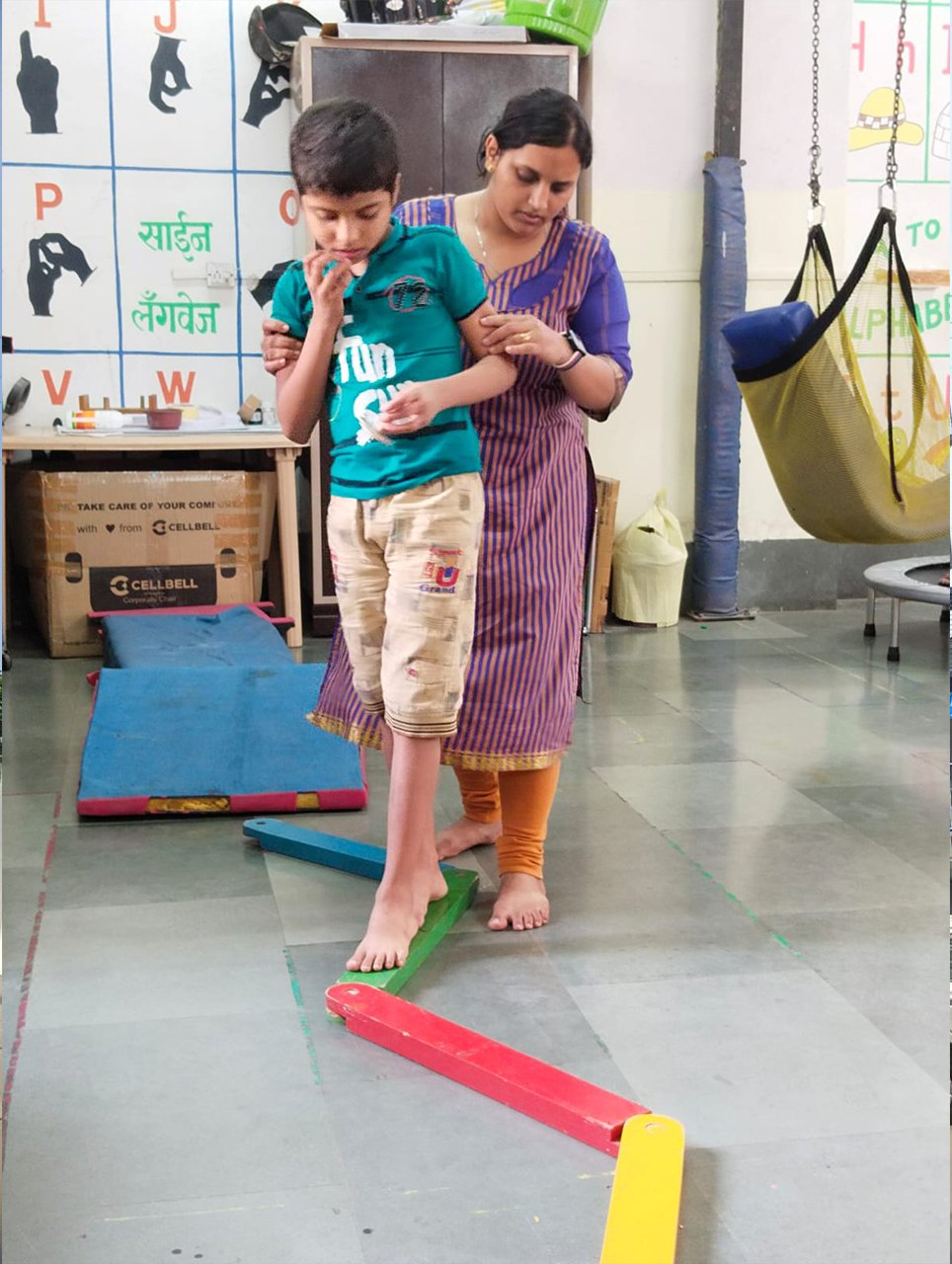
Early intervention for autism spectrum disorder (ASD) has proven to be a successful strategy for remediating many difficulties experienced by these children. A lot of progress is observed if the intervention is started at an early stage. As a result, accurate diagnosis at a young age is essential. Also, the particular pattern of symptoms that are seen in a 2-year-old with ASD may differ from that seen at the age of 4 or 5 years. The use of standardized assessment instruments and the strict application of diagnostic criteria need to be employed with caution when diagnosing a child with autism. At Samarpan, a range of diagnostic tools, used worldwide are used for diagnosis of children. Diagnosis is done for children as young as one and a half years. Differential diagnosis is done for children with autism, mental retardation, Asperger’s Syndrome, attention deficit hyperactive disorder and other developmental disabilities.

Early Intervention
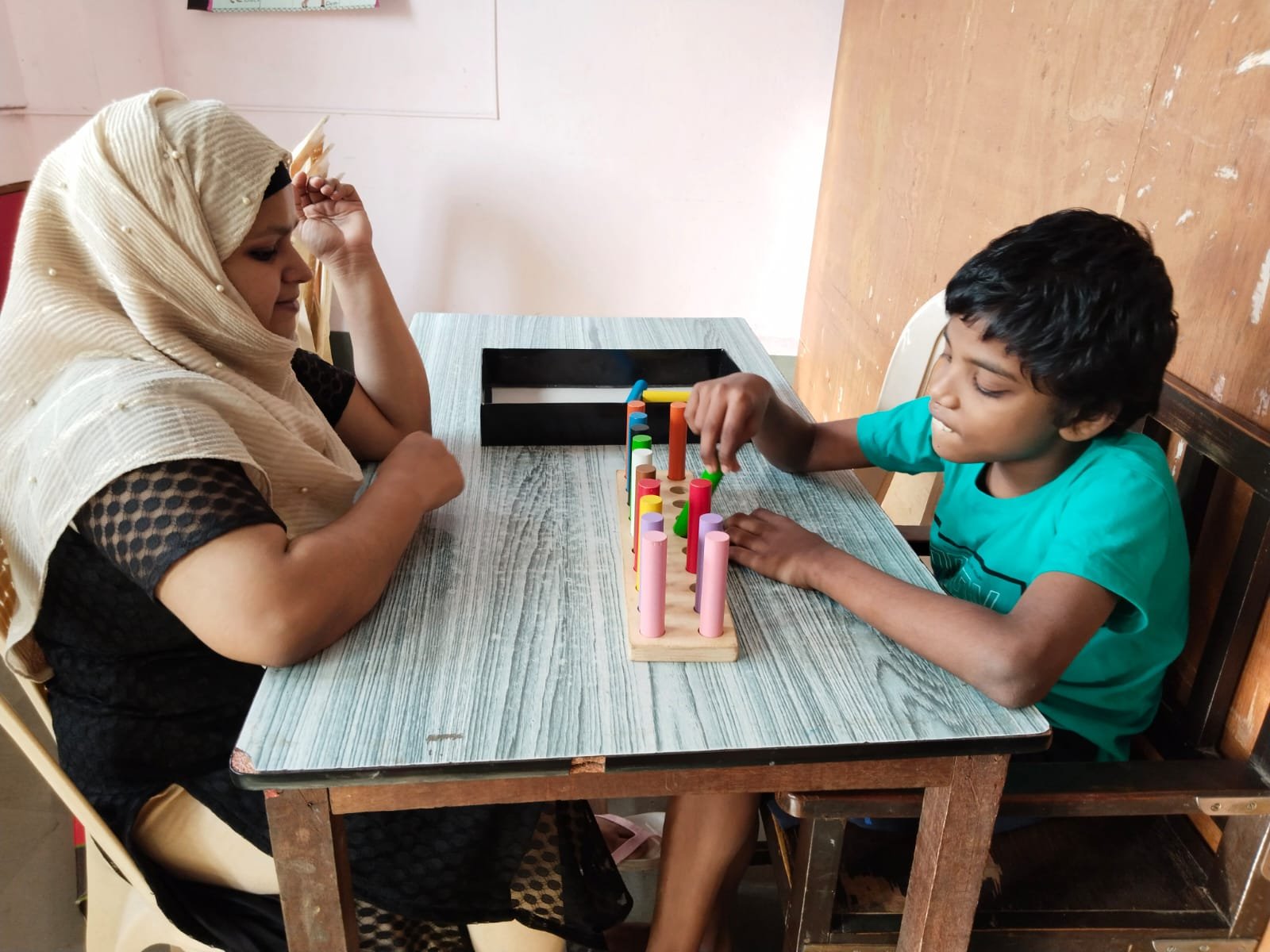
Newer research studies indicate that the presence of Autism Spectrum Disorders (ASD) can be identified in children younger than 3 years of age. Early identification of ASD benefits both the child and its family as it leads to an improved prognosis. At Samarpan, children in the Early Intervention group i.e. those below 7 years of age; receive individualized therapy in Language and Communication, and Sensory Integration. The main focus here is in the development of pre-learning skills, appropriate play skills and age-appropriate skills for enhanced social interaction.

Individualized Training Programs-
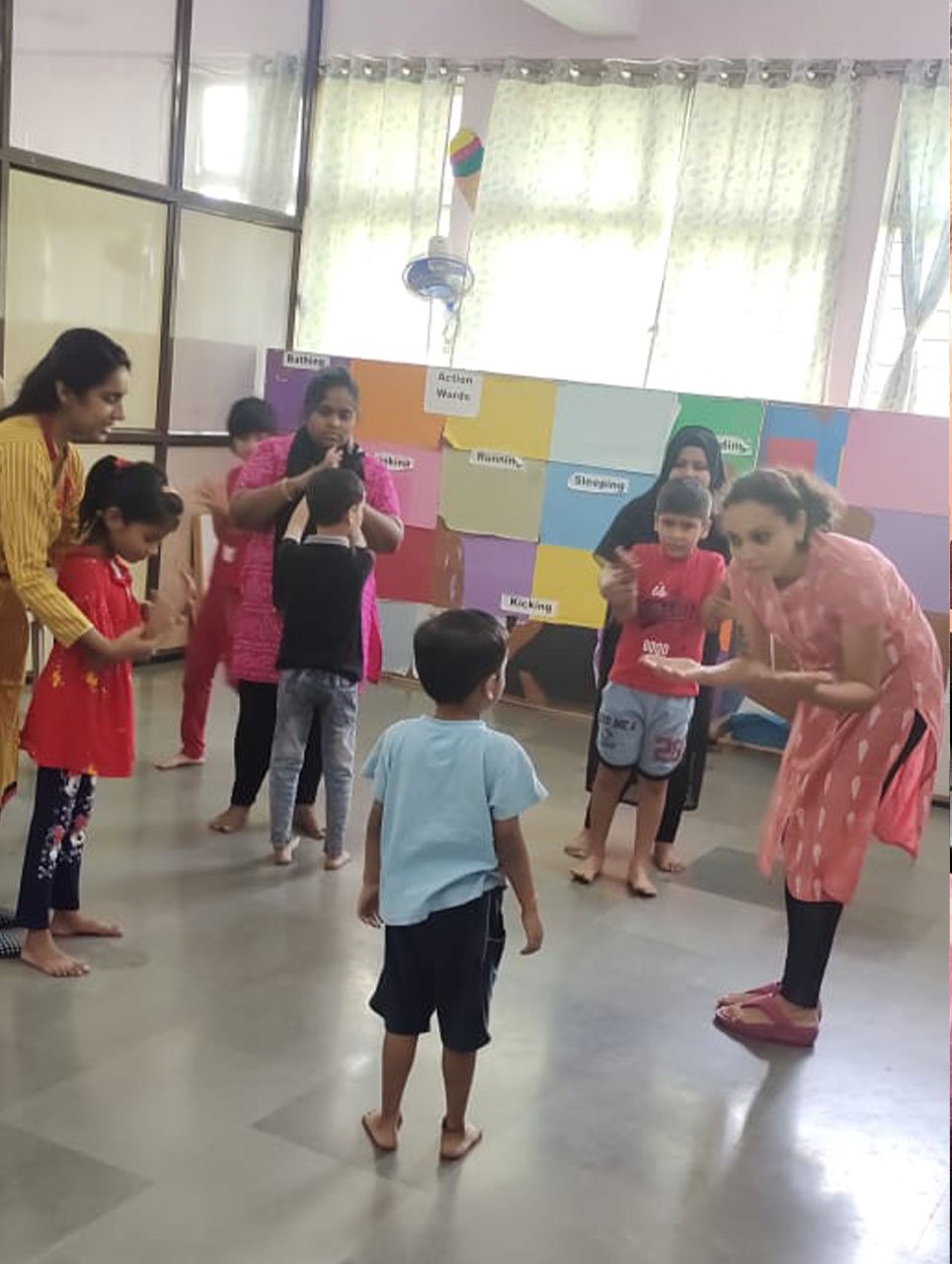
Every child that is identified with ASD and has been admitted to the school is assessed by a multi-disciplinary team. This team comprises of special educators, psychologist, occupational therapists and a speech and language therapist. The multi-disciplinary team assessment helps create a baseline of the child and is the foundation on which an individualized educational plan (IEP) is designed for him/her. The program designed is unique to the needs of the child and is implemented by the same multidisciplinary team. Various techniques that are devised specific to training of children with ASD such as Floortime, Visual Strategies, Adaptive Behaviour Therapy, TEACHH etc. are used extensively at Samarpan. The parents are trained to execute some elements of the IEP at home and thereby empowered to cope with their child with ASD. Progress achieved in each goal of the IEP is systematically recorded, monitored and modified (if necessary) as per need of the child.

Sensory Integration and Occupational Therapy
Samarpan has a well-equipped therapy unit with an ample number of therapists for remediation of sensory integration deficits and to enhance attending skills, and focus in children with ASD. Besides therapy for vestibular and proprioceptive stimulation, the unit also offers exercises to enhance development of fine and gross motor dexterity critical for functional activities of daily living. The therapy unit at Samarpan is a ‘cheerful’ place for the children and it aids in the adjustment of the child in school.
Language and Communication Therapy
Children with ASD are characterized by deficits in language, communication and poor social interaction skills. Language and communication therapy is thus the focal point of any IEP drafted for children with ASD irrespective of whether they are verbal or non-verbal. Alternative and Augmentative Communication (AAC) techniques such as the Makaton Language Program and the Picture Exchange Communication System (PECS) are used as integral part of the program. Language and Communication skills are also developed and enhanced through group activities.
Adaptive Physical Education
It has been found that children with ASD have limited opportunities to engage in physical exercise and to activities which enhance physical fitness as their age-mates find it difficult to modify games to ensure equal participation. Thus at Samarpan, Adaptive Physical Education is a co-curricular activity for every child admitted. This also aids to reinforce the training received in Occupational and Sensory Integration therapies.
Small-Group Class Room Programs
Once the child with autism develops sitting tolerance, eye contact and responding to instructions in one to one sessions, he/she is shifted to a “small group class room program”. These groups normally consist of two or three children who are at the same stage of learning. They follow a structured program that focuses on education, language and communication training in activities of daily living, social skills and adaptive physical education. They also learn turn taking and social interaction as part of their program.
Pre-Vocational Training
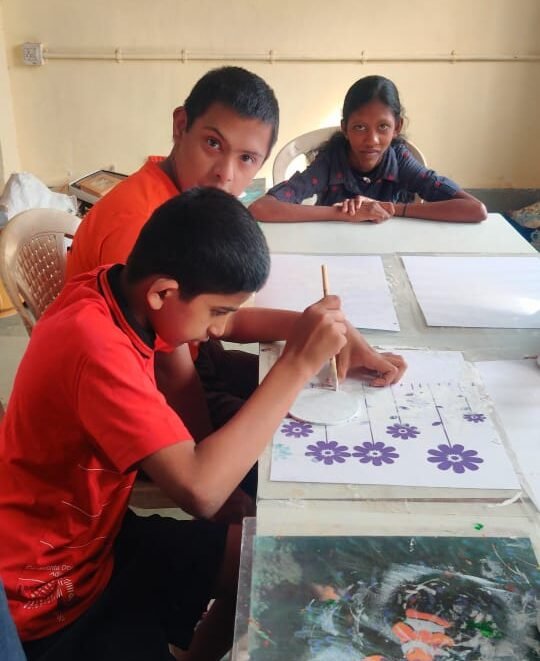
Individuals in their teens are trained to develop pre vocational skills with a view that they must be productive earning members of society. Samarpan has a pre vocational unit which trains the youth with ASD to produce a range of items ranging from jewellery to chocolates and cookies to house hold products like table mats, trays, coasters, etc. The unit also trains them to develop independence in domestic and kitchen tasks. These items are sold at a number of exhibition cum sales. They are also ordered in bulk by various well-known banks, and multi-national companies. The emphasis here is to develop fine motor skills (for handicrafts), kitchen/domestic skills and most importantly for independent living.

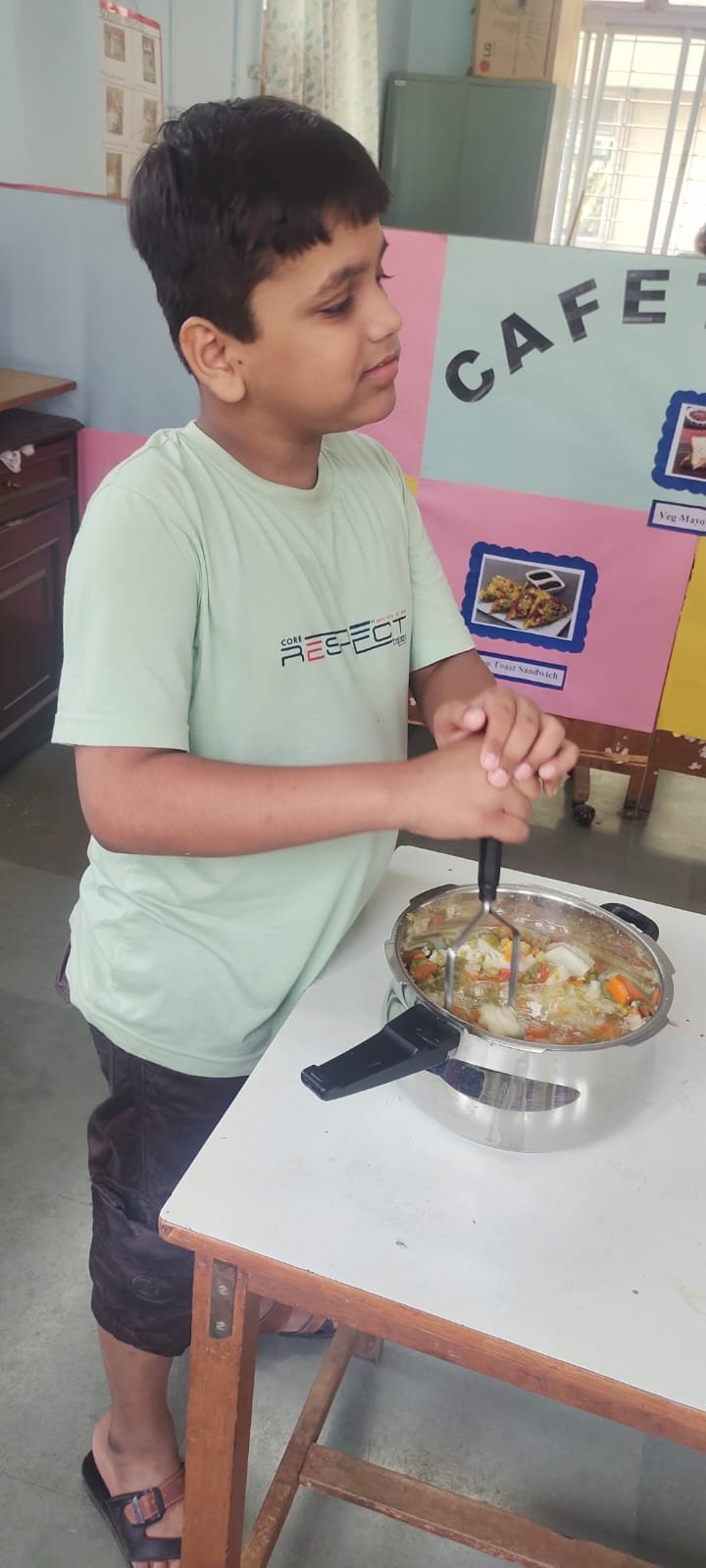
Parent Enrichment and Training Programs
Training a child with autism has to have continuity. A child in early intervention may come for training for one and a half hours per day. This training would more effective if it is continues at home. At Samarpan, parents are trained to follow their child’s individual education plan using methods of teaching that follow the principles of ‘Applied Behavior Analysis’. In addition, some parents are also trained to work with children other than their own under the supervision of a trained staff.
Events and Celebrations
Children with autism have difficulty in expressing emotions or feelings. They may enjoying a program/event but may be unable to express it. At Samarpan we consciously try to instill a feeling of patriotism, religious unity and mutual respect by celebrating Independence Day, Diwali, Holi, Idd, and Christmas etc. We celebrate all the festivals and National days and explain the significance of these events to the children through various methods. For e.g. during Christmas, a person comes dressed as Santa Claus and distribute gifts, a Christmas tree is decorated so that the children understand the significance of Christmas and know how it is celebrated. Similarly on Independence day, the national flag is hoisted and children sing the national anthem. Through its intervention programs, Samarpan aims to meet the needs of individuals with ASD and build on their strengths, enabling them to function as productive members of society. Their strengths are built to enable them to accept society and vice versa.

